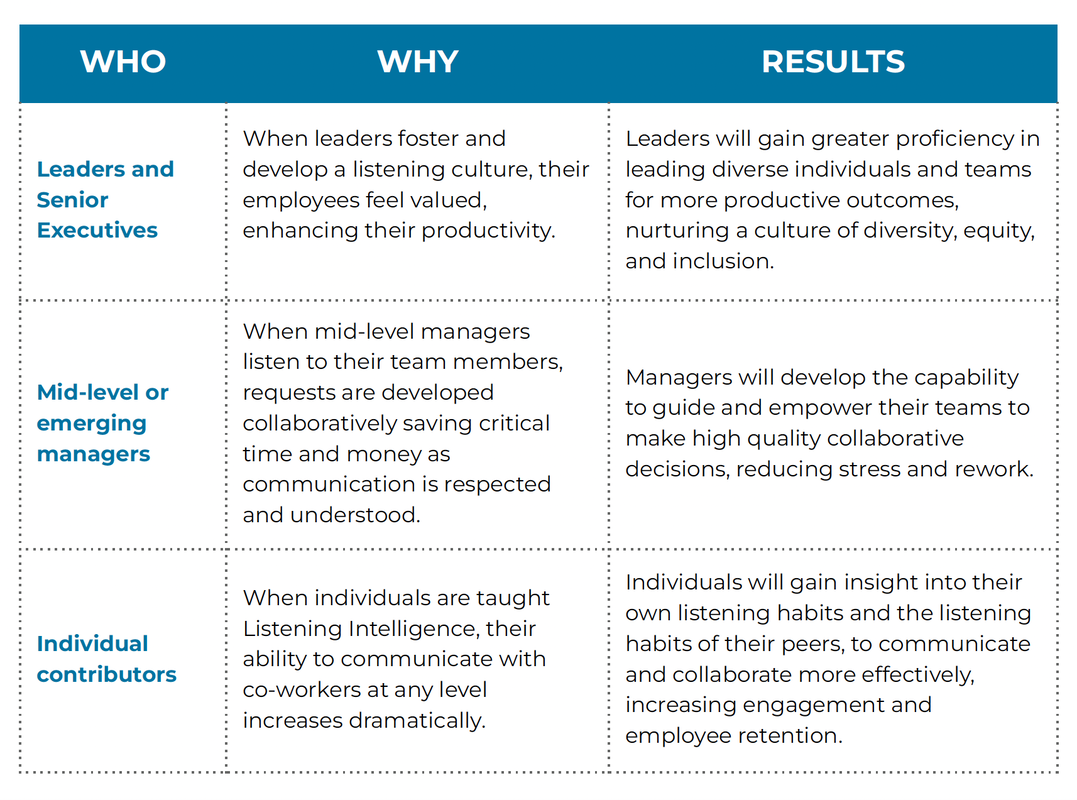CONNECT WITH US
|
Mailing Address:
2525 Arapahoe Ave., Suite E4-420 Boulder, CO 80302 720-323-0947 | [email protected] |
Subscribe
We will occasionally send you emails with Listening Intelligence information and ECHO announcements. |
|
COPYRIGHT© 2022 | ECHO LISTENING INTELLIGENCE | ALL RIGHTS RESERVED. PRIVACY POLICY | TERMS OF USE
Bringing the art and science of Listening to workplaces in the U.S. and around the globe with local staff serving Colorado, including Denver and Boulder. |



